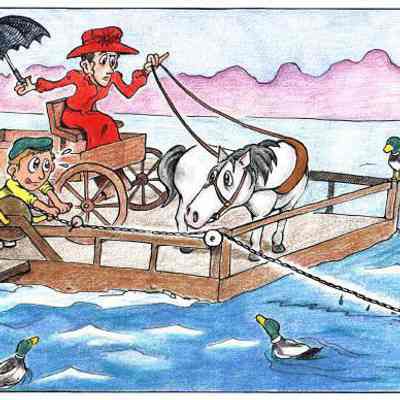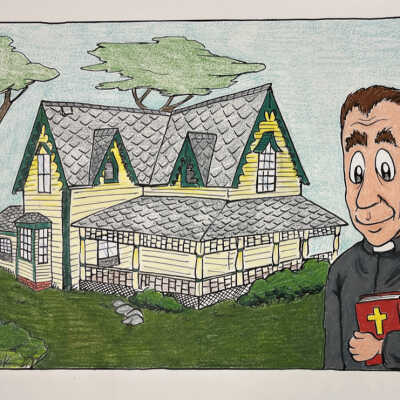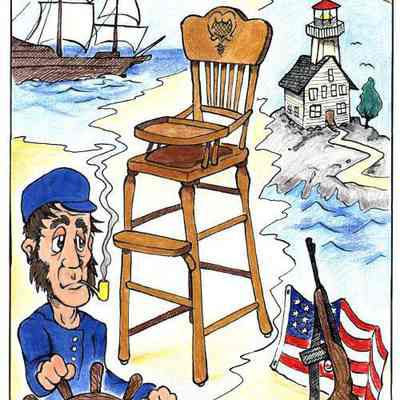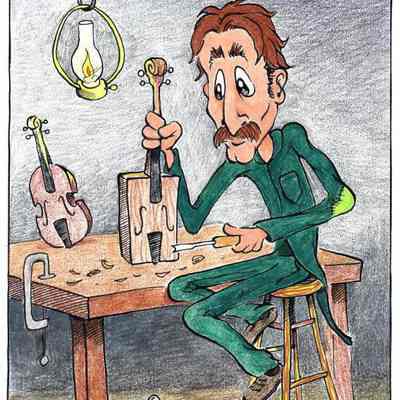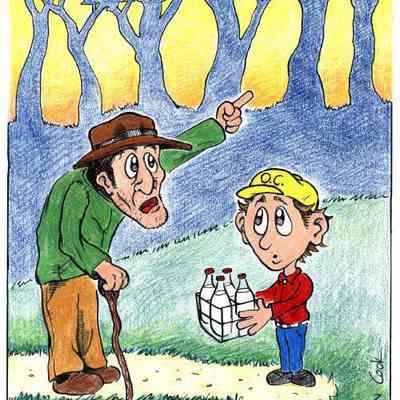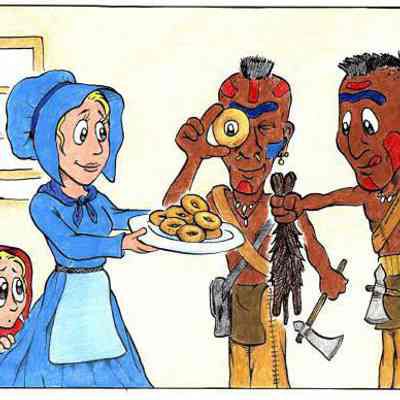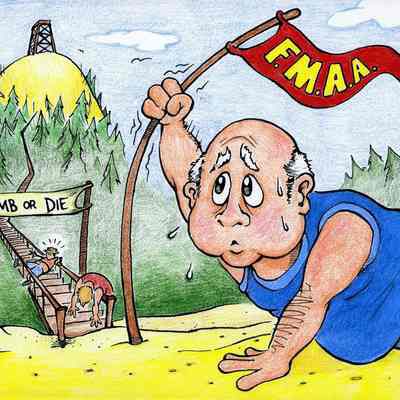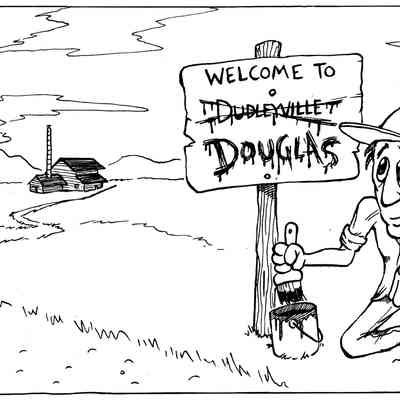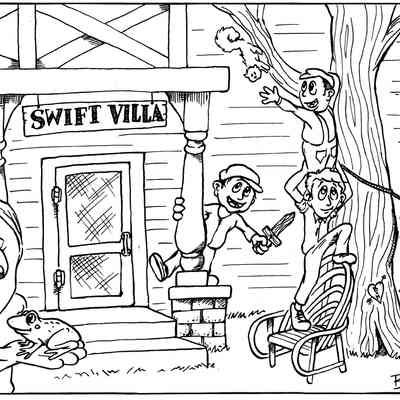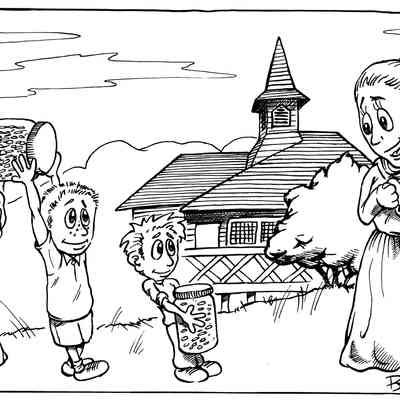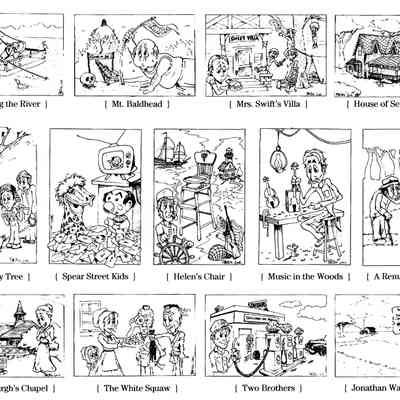Tales of the Villages illustrations
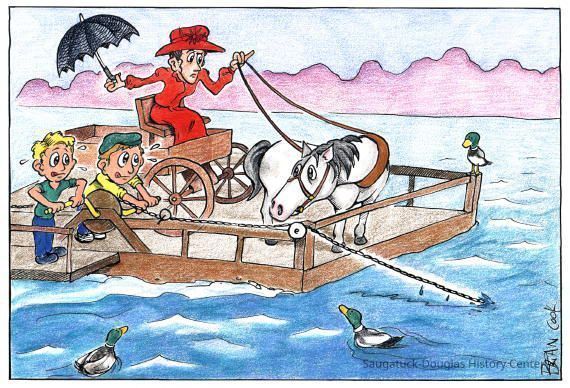
Crossing the River
Survival in Saugatuck and Douglas depended on crossing the river. In the beginning, Saugatuck people on the east side rowed themselves across the Kalamazoo River in little boats to get to coach roads, foot pathways and the rich trove of lumber on the west side. Then around 1833 a bridge was built at Mary Street - but it was so relentlessly battered by logs being pushed downstream and by the many schooners moving past it that it crashed into the river. Then it happened. A chain ferry was invented. The ferry was a flat-barged boat called a "scow" - large enough to hold a wagon and team of horses, passengers, and eventually automobiles. An underwater chain connected the ferry to its opposite landings and passed through a hand-cranked wench that moved it along the chain. the ferryman was the pilot but it was usually a boy called the 'cranker' who provide the power by turning the wench. The trip costs 5 cents. Eventually grocery and refreshment stores invaded the ferry landings, and little factories settle around it on both sides.. May Heath sold cupcakes at the ferry store in the 1920s. Over time the ferryman became a part of the legend of Saugatuck: a storyteller, musician, seller of various goods, and even puppeteer. The poets Lincoln Steffens, Carl Sandburg, and others sang their praises, and the ferry was one of the most photographed scenes of the village. Crossing was often dangerous and crowded. What had once been a necessity became for many "modern" folk an adventure. The chances for adventure continue.
